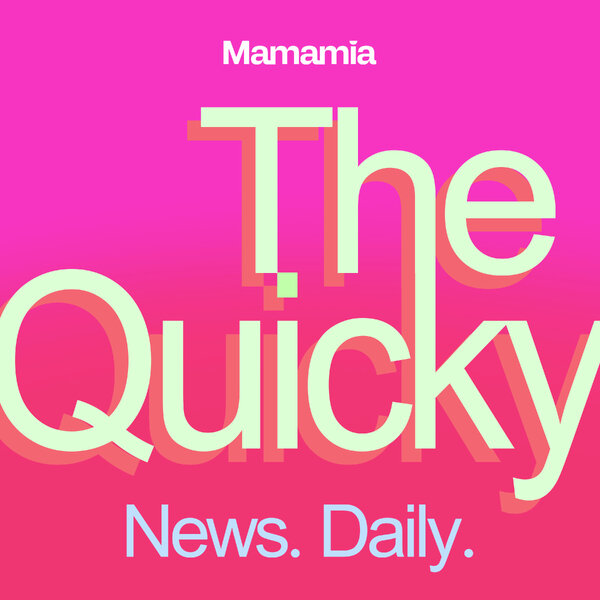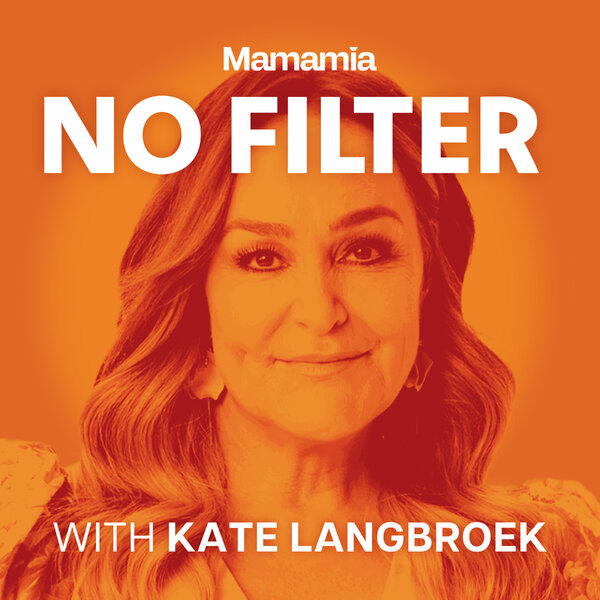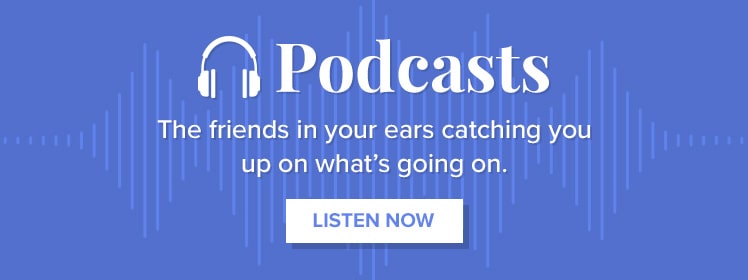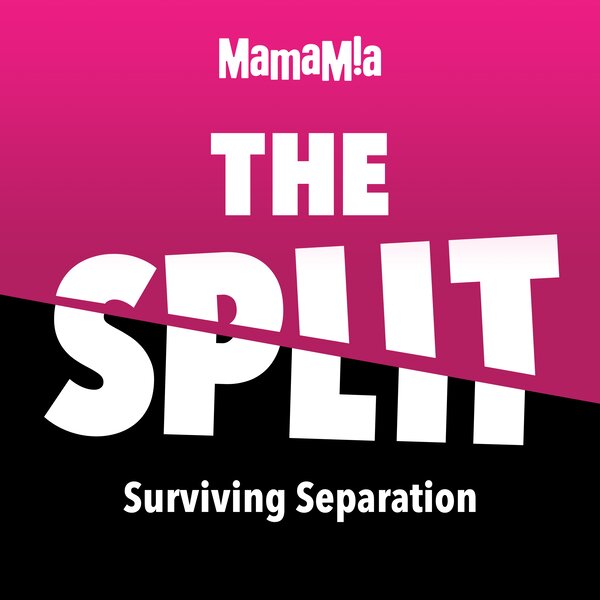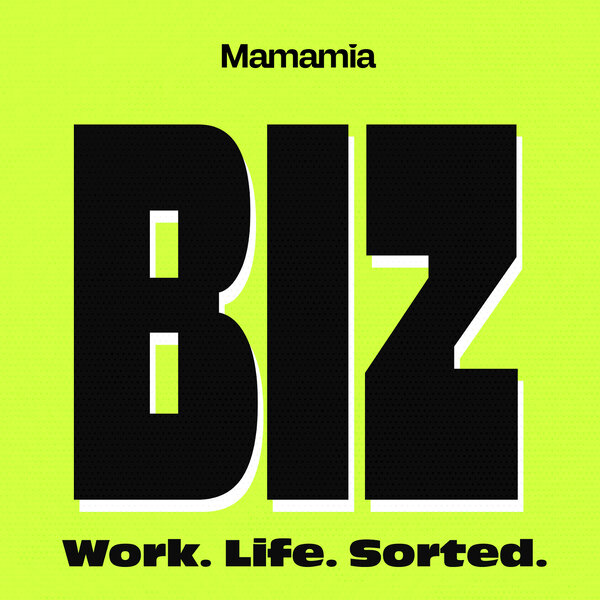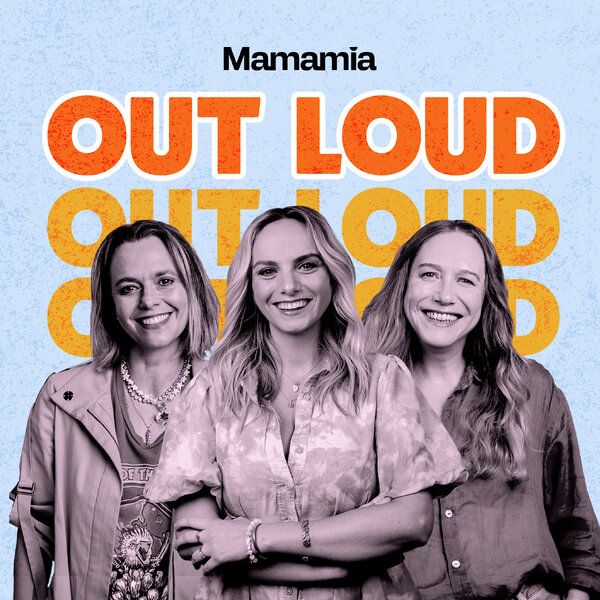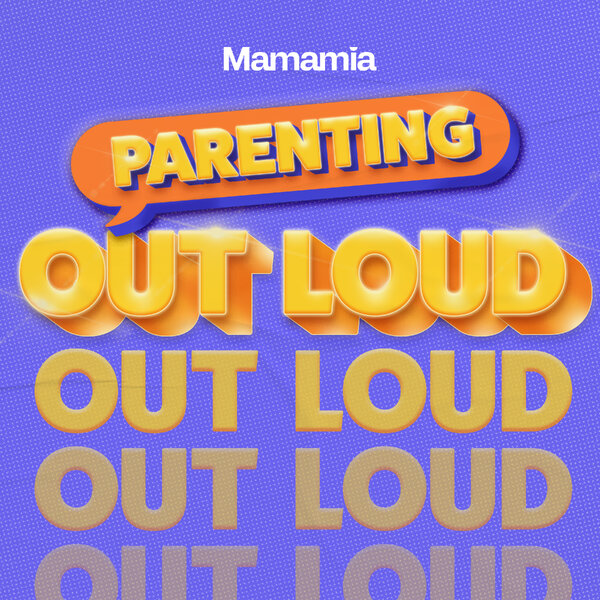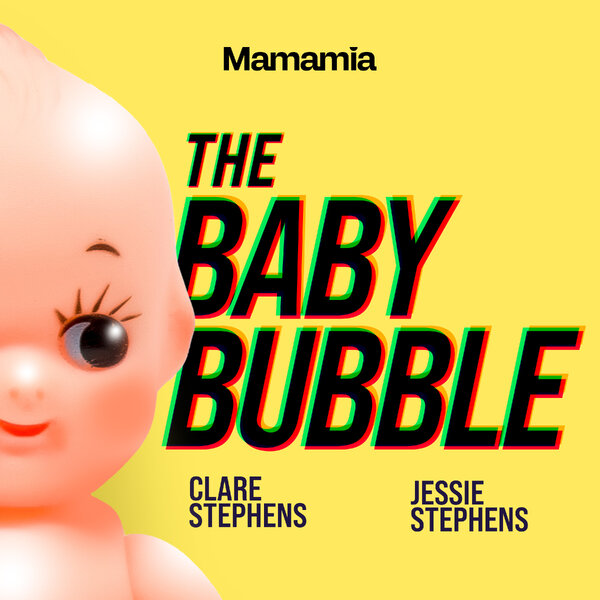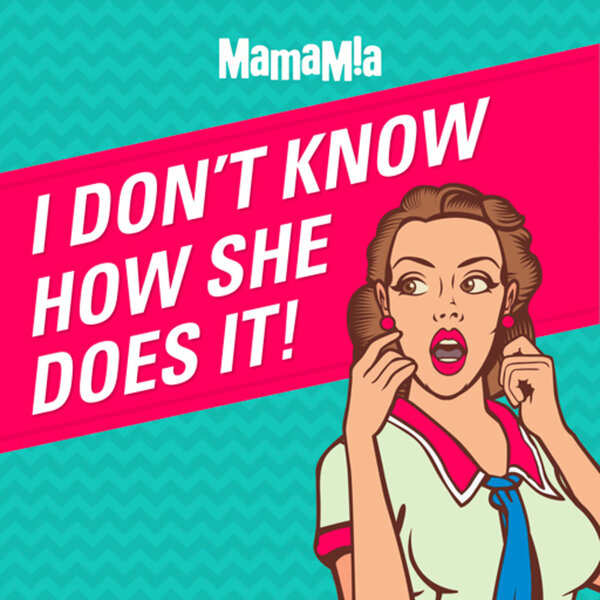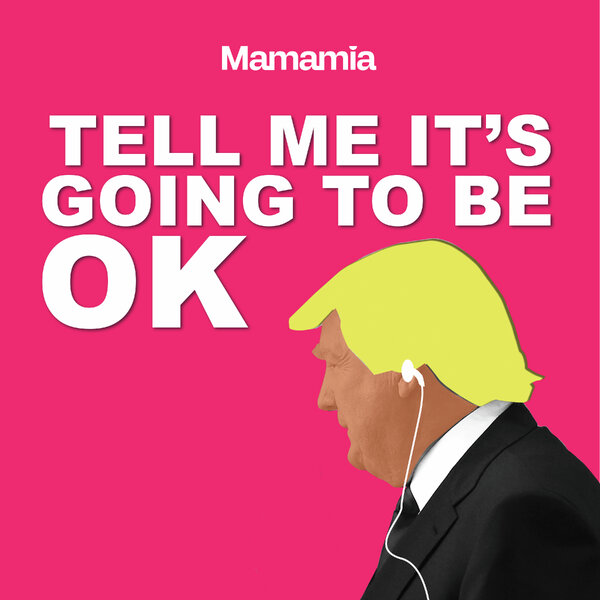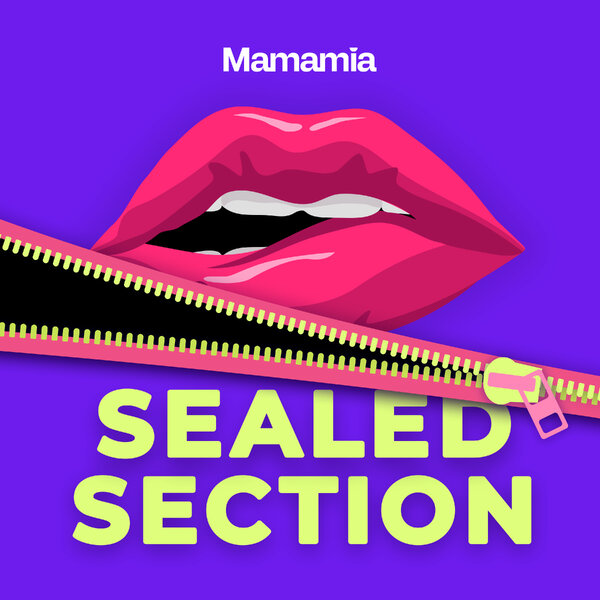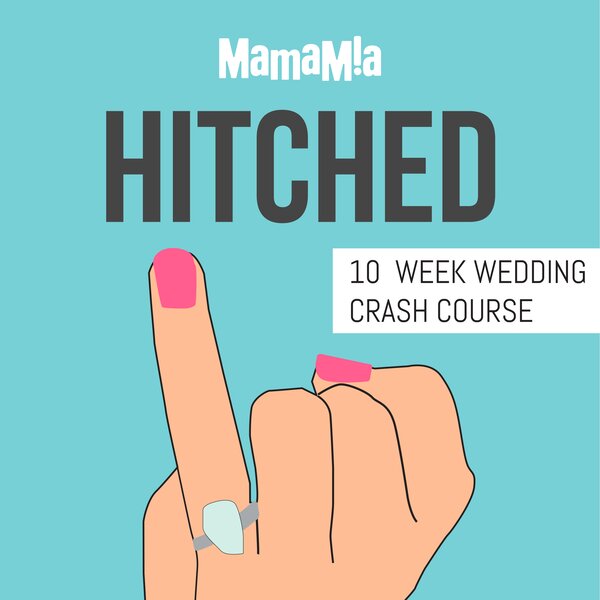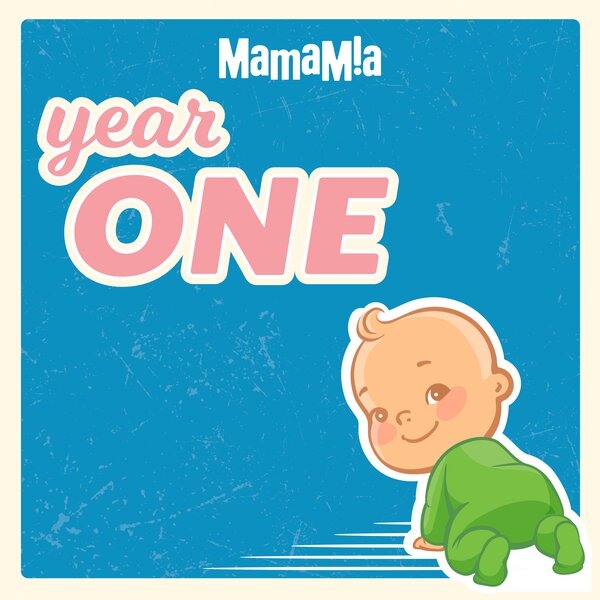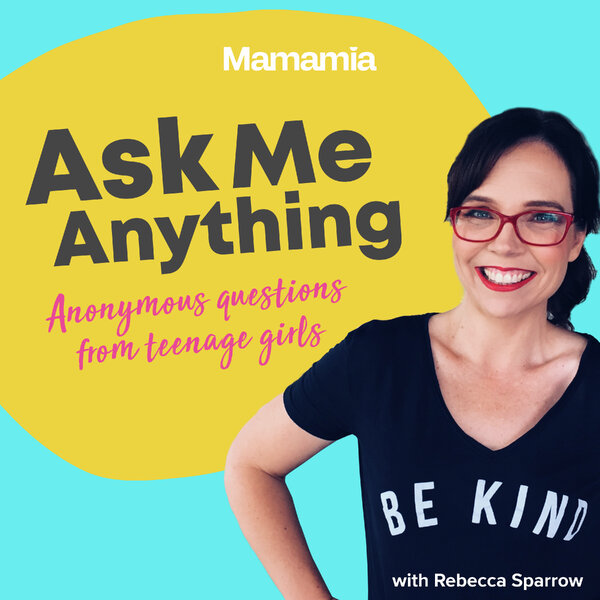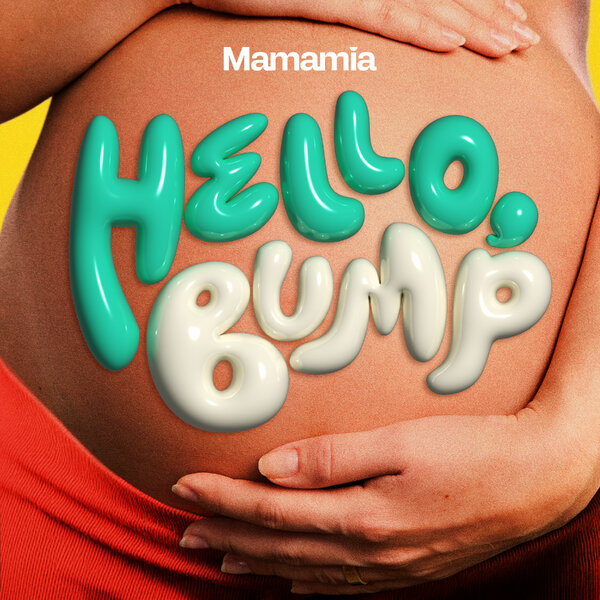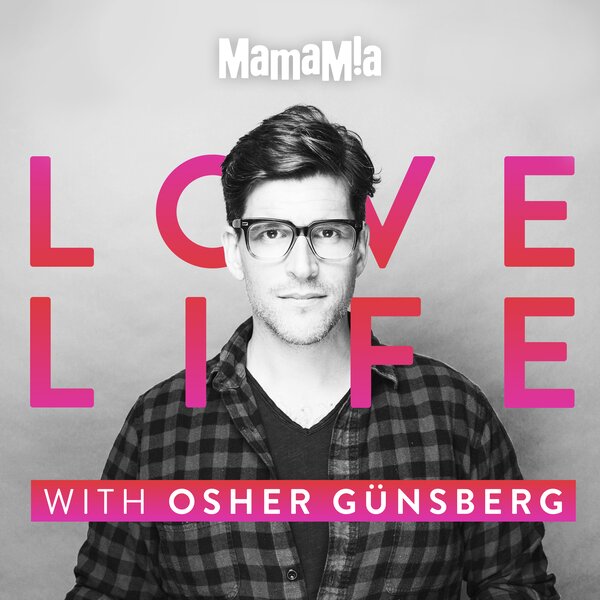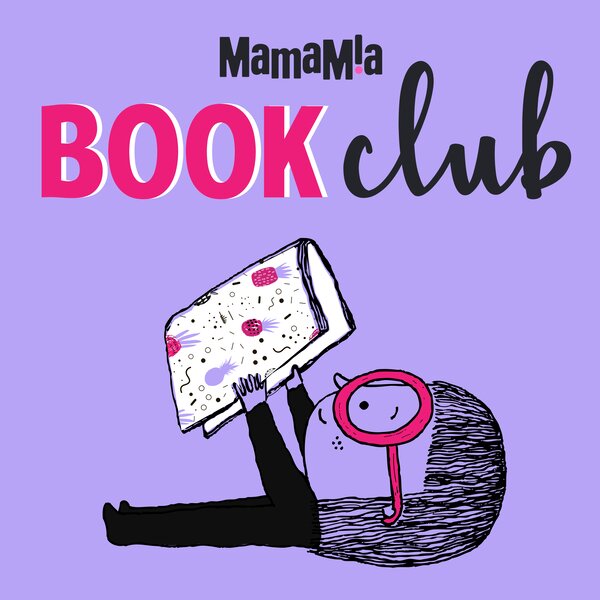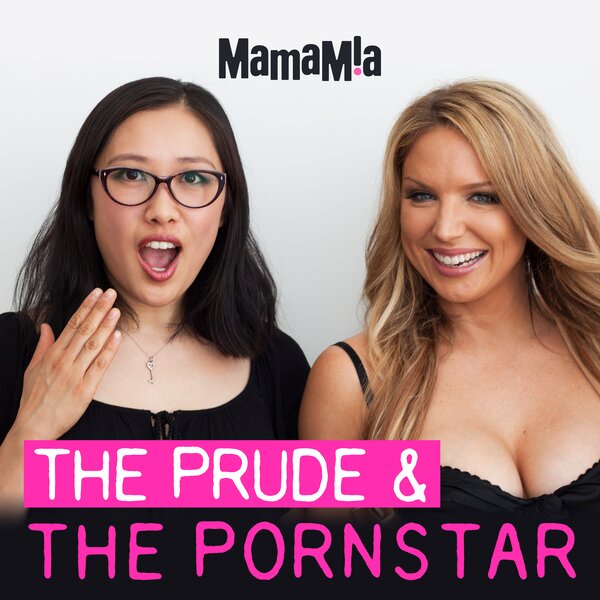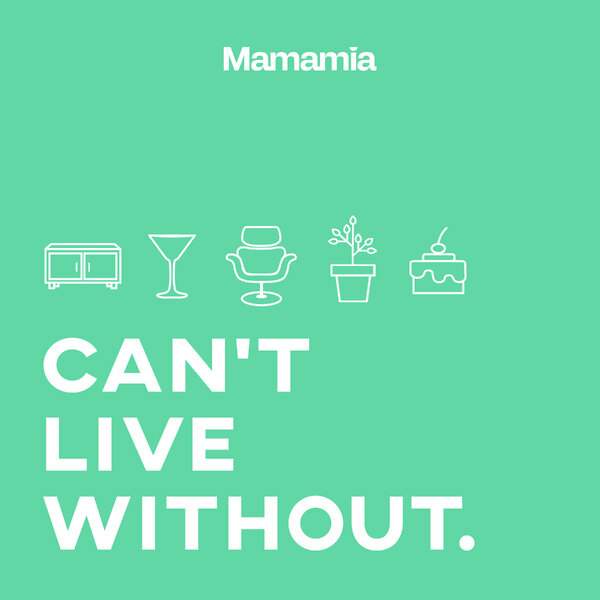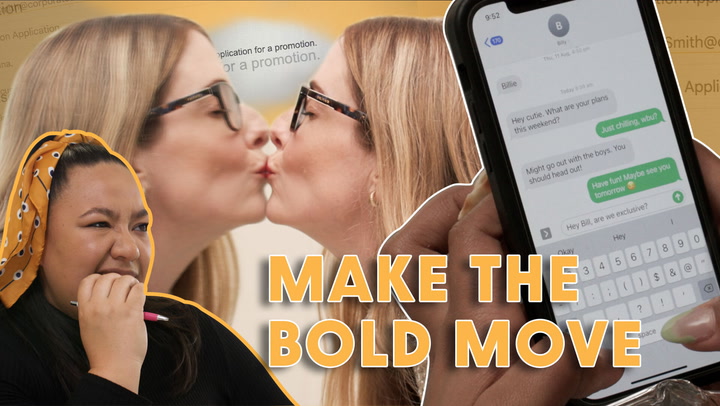If you haven’t been part of them, you’ve most likely at least heard of the recent protests against the closure of remote Aboriginal communities in Western Australia.
You may have seen #SOSBlakAustralia trending on Facebook last week. Or maybe you follow Hugh Jackman on Instagram.
Maybe you heard Tony Abbott say the government couldn’t subsidise “lifestyle choices” and the collective horrified gasp that followed.
But chances are you’re asking — what the hell is going on?
Today, we’re here to explain.
Why is the government closing Aboriginal communities?
Last year, the Federal government announced it would stop funding essential services in remote Australian communities — essentially transferring this responsibility to the states.
Last week, WA Premier Colin Barnett said his state would have to “close” between 100 to 150 Indigenous communities, as a result.
Previously, the Federal government provided funding for two thirds of WA’s remote Aboriginal communities, and without that support, the state claims it cannot afford to maintain funding on its own.
In Parliament, Premier Barnett said:
“They [the smaller remote communities] are not viable and the social outcomes, the abuse and neglect of young children, is a disgrace to this state … this is the biggest social issue this state faces.
“Those communities, 273 of them, are not sustainable into the future. They cannot look anyone in the face and guarantee the safety of little boys and girls.”
